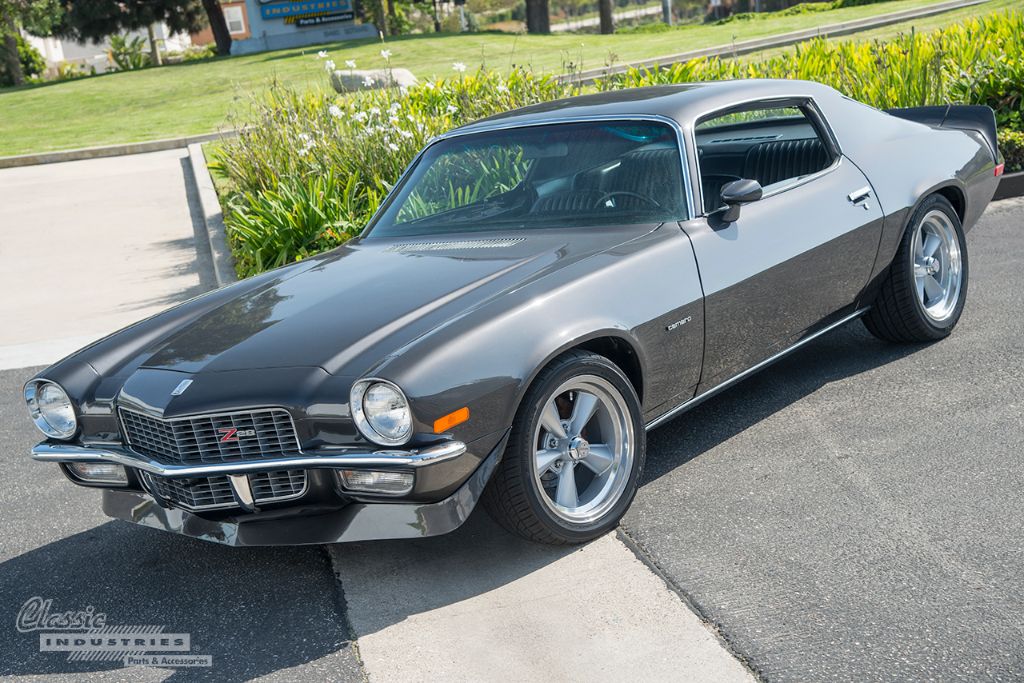That is probably the car cutting power because it is at the traction limit as opposed to an artificial acceleration limit.I was looking at your charts and doing some analysis of my own and noticed an interesting trend. It does appear that Tesla may limiting the initial launch (~0-10mph range). It hits the "1.0G limit" that many mention and acceleration rapidly drops. You can actually see the rear motor torque output drop in this range, despite sufficient battery power. It looks like Tesla may be dropping the battery amps and/or phase amps here. They then ramp the battery current up progressively from there. It doesn't appear to be a battery limitation as it's clearly capable of more amps. The front motor doesn't appear to experience this dip.
View attachment 875591
Drop in rear motor torque, but not front motor:
View attachment 875588
Drop in battery current (amps):
View attachment 875610
I seriously doubt it measures acceleration and artificially says “cut power despite having traction”. It is much more likely that it senses wheel slip and cuts power.
If I am right then a sub 3.10(without subtracting rollout) should be possible simply by removing weight, which I have done now.



